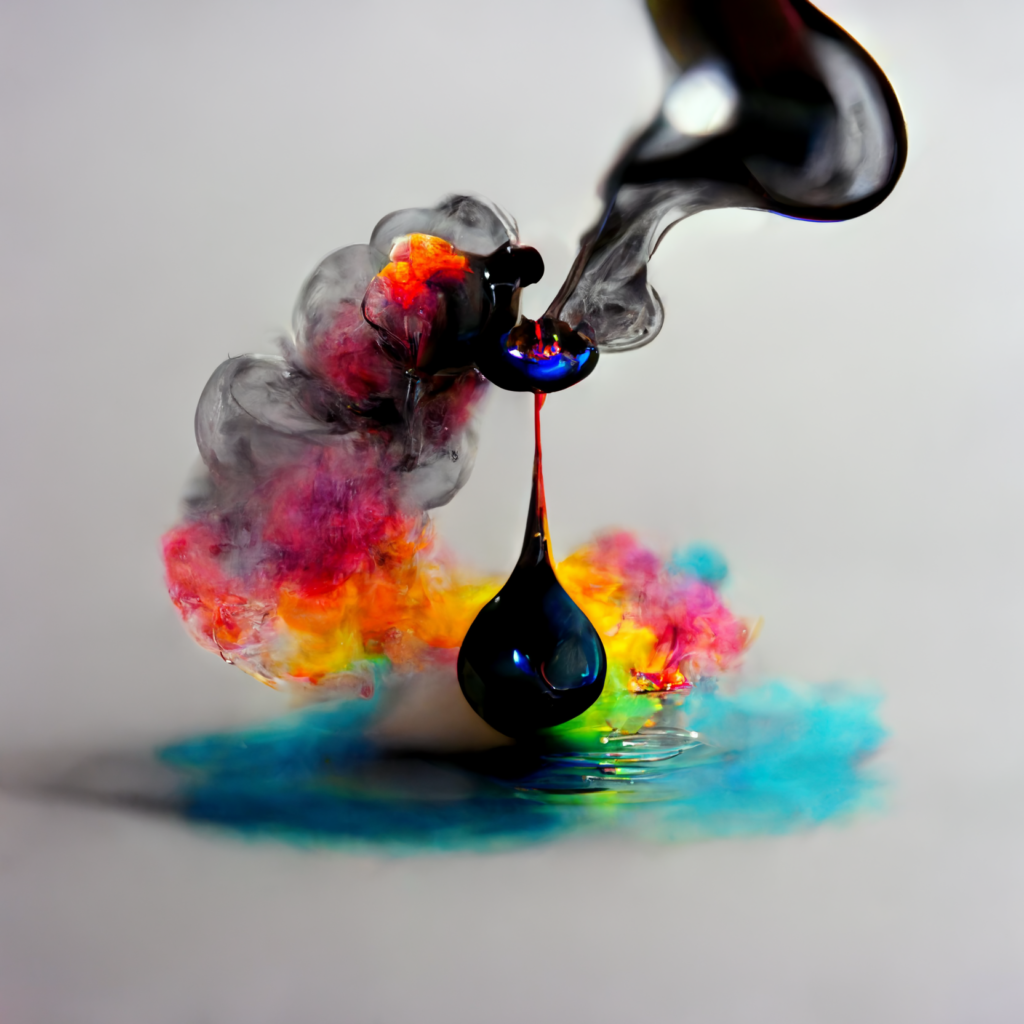AI-generated AI-produced art is subtly starting to change the culture. The ability of machine learning algorithms to produce imagery from text prompts has drastically improved in quality, accuracy, and expression over the previous few years. These technologies are now leaving research facilities and entering the hands of regular people, where they are fostering the development of new visual languages of expression and, most likely, new kinds of problems.
Only a small number of top-tier image-generating AI are thought to exist at this time. They are difficult and expensive to make because they need access to the millions of photographs that are necessary to train the system (which duplicates patterns in the images it finds) and a lot of processing power, which may reach into the millions of dollars in cost.
But as the technology gains popularity, one business will be able to claim some of the credit: Mid journey, a 10-person research lab that creates an eponymous AI image generator that can be accessed via a Discord chat server. Even if you may not be familiar with the name, you have undoubtedly already seen the output of Midjourney’s system in your social media feeds. Simply sign up for Midjourney’s Discord, input a prompt, and the system will create an image for you.


The mid-journey is opening up access to its model this week, enabling anyone to set up their Discord server with an AI picture generator. According to Holz, “We’re going from a Mid journey universe to a Mid journey multiverse,” And he believes the outcomes will be astounding: an explosion of AI-enhanced creativity that is still only the beginning.
The founder and CEO of Mid journey, David Holz, has some truly inspiring views around how AI image generation will transform the gaming industry. Holz predicts that “you’ll be able to buy a console with a giant AI chip and all the games will be dreams,” one day soon. There will always be the worry that AI will replace people, but Holz has a far more upbeat attitude.
“We’re not trying to build God, we’re trying to amplify the imaginative powers of the human species,” he says.
He makes it clear it’s not about designing tech to replace people, it’s about the “proliferation of the visual means to express yourself. It just means that people will become more visual in our culture, and more appreciative of those kinds of things. And there’ll be more opportunity around that than there was before.”


“Before you see video games being generated on the fly, you’re gonna see the technologies being used for every step of the asset generation pipeline, to increase the creativity of the content, the quality of the content, and the amount of the content,” says Holz.
When the output of these systems is splattered across the cover of a magazine or used to create memes, it is now primarily treated as a novelty. But right now, designers and artists are incorporating this software into their work processes, and soon, AI-generated and AI-augmented art will be commonplace. Copyright concerns as well as concerning potential threats (such as biased output or AI-generated false information) will need to be addressed right away.
also read:
Sony reportedly working on its own PlayStation Launcher for its PC Games


